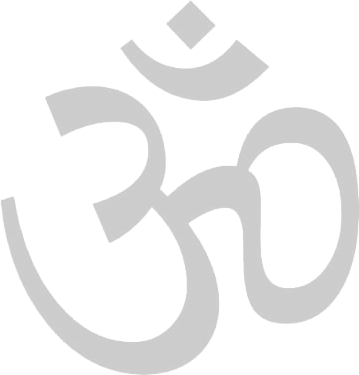FAQS
What are the benefits of Iyengar Yoga?
Like all forms of yoga, Iyengar yoga combines physical poses, deep breathing, and meditation, which builds strength and stamina, improves flexibility, muscle tone and posture and calms the mind. Regular practice develops awareness and concentration and promotes general feeling of physical health and psychological and mental well-being
A unique feature of Iyengar yoga is the use of props (such as blocks, pillows, chairs, straps, and bolsters), which provide support and help students balance, stretch, and attain perfect alignment in each pose.
Iyengar yoga is demanding in effort and in attention to detail within the posture, which increases concentration and focus, helping to relieve the mind and body of stress. It can help to develop a deeper knowledge of your Self, which can contribute to greater self-confidence.
Iyengar yoga is meditation in action. As students do yoga postures the mind is focused on the actions of the posture and the movement of the breath. As the mind unites with the body and the breath, students move into a meditative state.
Qu'est-ce qui distingue le yoga Iyengar?
Iyengar is characterized by the technique and the precision of the postures and the breathing, the duration of holding of the posture and a sequence specific to each level. The understanding that every body is different, made B.K.S. Iyengar to introduced the use of props such as blankets, blocks, straps, and bolsters to help practitioners work through their challenges.
Les professeurs de yoga Iyengar mettent l'accent sur l'amélioration de la précision de l'alignement dans les postures de yoga. Pourquoi est-ce important?
Exercise as it is usually done only reinforces misalignment. When people don’t know how to exercise properly, they tend to stretch from their more flexible areas and rely on their better-developed muscles for strength. Iyengar yoga encourages weak parts to strengthen and stiff areas to stretch, thus awakening and re-aligning the whole body. As the body moves into better alignment, less muscular work is required and relaxation increases naturally.
The Iyengar method places special focus on developing strength, endurance and correct body alignment in addition to flexibility and relaxation. Standing poses are emphasized in this system of yoga. They build strong legs, increase general vitality, and improve circulation, coordination and balance.
Le yoga Iyengar convient-il aux débutants?
Iyengar yoga is great for learning the subtleties of correct alignment. Props help beginners get into poses with correct alignment, even when they’re new to them, injured or simply stiff.
People who have not done yoga before should attend beginners level classes. Students who have done other types of yoga, but who have never experienced Iyengar yoga are also encouraged to take beginners’ classes for at least several weeks. The principles of movement and alignment on which the entire Iyengar approach is founded may be new to many students and are presented in the beginners classes.
À quelle fréquence dois-je venir aux cours de yoga?
As often as you like. At least once a week is recommended. You need to attend regularly to make progress.
Ai-je besoin de mon propre tapis?
No. All yoga equipment is provided, though some students prefer to bring their own.
Que dois-je porter?
Wear clothes that allow you to move freely. Avoid anything baggy or too long: it’s important you and the yoga teacher can see your knees and feet. Most people wear shorts or leggings and a T-shirt. Yoga is always practiced in bare feet.
Je suis enceinte. Puis-je encore pratiquer le yoga?
Yes, but if you have not done any yoga before, you should wait until your 14th week and attend a specialized pregnancy yoga class. You may join at any time up to the 28th week. Only students with Iyengar yoga experience may join after the 28th week.
J'ai des problèmes de santé. Puis-je pratiquer le yoga Iyengar?
Done properly, Iyengar yoga will not harm and often helps many physical conditions. Although yoga teachers are not therapists, many students find that their physical difficulties decrease as a by-product of improved alignment. If you have a physical problem, you should tell your teacher about it before you begin the class, yoga poses can be modified and adjusted according to your needs.
Many people feel that they cannot join a yoga class for a number of reasons. Yoga is open to people of all ages and levels of physical and mental condition. Do not be put off from trying a yoga class because you feel that you are too old, too stiff, too fat, too thin, too tired, etc. Iyengar Yoga has something to offer for everyone.
Iyengar achieved remarkable success in the treatment of a wide range of medical conditions, ranging from skeleto-muscular through to emotional. He has passed much of this knowledge on to his Intermediate Junior and Senior teachers.



